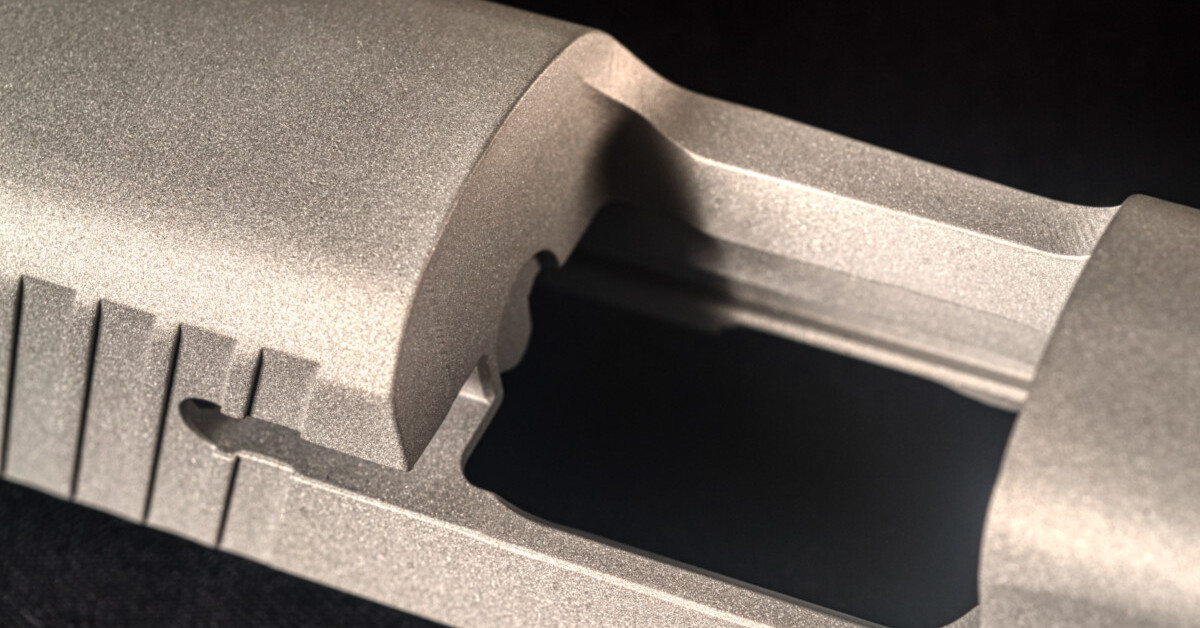What is Metal Surface Finishing?
Metal surface finishing is an essential process used to protect and enhance the performance and appearance of metal components. It can be applied to various metals, including aluminum, steel, stainless steel, brass, copper, and other alloys. Through different processes such as grinding, polishing, coating, or plating, metal surface finishing improves corrosion resistance and can enhance the look and function of metal components.
Various finishing processes achieve different goals, including improving appearance, preventing corrosion, and increasing wear resistance. Depending on the application, the optimal type of surface finish should be chosen for maximum performance and longevity.
Benefits of Metal Surface Finishing
Metal surface finishing offers a range of benefits, depending on the type of finish used. Some common advantages include the following:
Enhanced Appearance: Many types of metal finishing processes can improve the look of components and add aesthetic appeal. Finishes such as anodizing and powder coating are especially effective, as they can give metals a unique color or texture.
Improved Performance: Metal finishing can create a more durable surface and enhance corrosion resistance. This will help extend the components’ lifespan and keep them functioning optimally for longer periods.
Improved Conductivity: Some metal finishing processes, such as plating or anodizing, can improve the electrical conductivity of a component. This is especially important for parts that come into contact with electricity, like circuit boards and wiring.
Increased Protection: Different finishes provide varying levels of protection against damage from physical contact, harsh weather conditions, and even chemicals.
Types of Metal Surface Finishes
Some common metal surface finishes can be used to achieve different goals. Here is an overview of some of the most commonly used types:
Mechanical Metal Finishing Technique
Mechanical metal finishing techniques include sandblasting/bead blasting, polishing, and grinding. These techniques achieve a smooth surface finish by removing small amounts of material from the metal.
Sand Blasting/Bead Blasting
Sandblasting and bead blasting are two common types of mechanical metal finishing. The process involves using abrasive materials, such as sand or small beads, to remove rust and corrosion from metals. It is a fast and cost-effective way to clean parts and improve their appearance.
Polishing
Polishing is a process that uses a grinding wheel or abrasive material to create a bright, smooth finish on a metal surface. This can be used to remove scratches and restore the original luster of metals. Metal polishing can leave a surface looking anything from satiny smooth to shiny as a mirror.
Grinding

Grinding is a mechanical metal finishing process used to remove material from the surface of a metal component. It is often done with abrasive materials, such as diamond wheels or grinding stones, and can create a smooth finish or prepare a part for further processing.
Tumbling
Tumbling is a mechanical finishing procedure in which a container (a tumbler) is rotated while holding metal pieces and abrasive media. Next, the components are tossed into a tumbling chamber, where they’ll experience enough friction to smooth off any rough spots.
Chemical Finishing
Chemical finishing processes involve using chemical solutions or compounds to alter the surface of metal components. This can enhance appearance, improve corrosion resistance, increase wear resistance, or otherwise modify the surface properties of metals. Common chemical processes include:
Anodizing
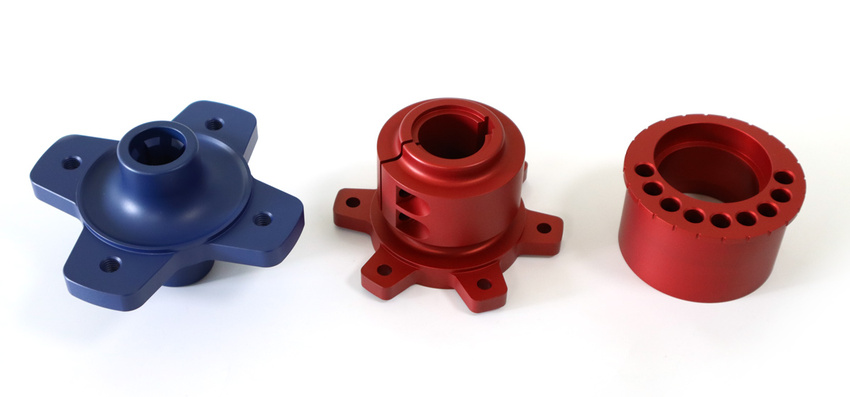
Anodizing is an electrochemical process used to create a protective oxide layer on the surface of metal components, commonly used on aluminum. The process involves placing the component in an electrolyte solution and passing an electric current through it to create the oxide layer. Anodizing offers improved corrosion and wear resistance, enhanced aesthetic appeal, and a surface that can be easily dyed or painted. It is popular in the automotive, aerospace, and architecture industries and produces high-quality components that meet desired specifications.
Passivation
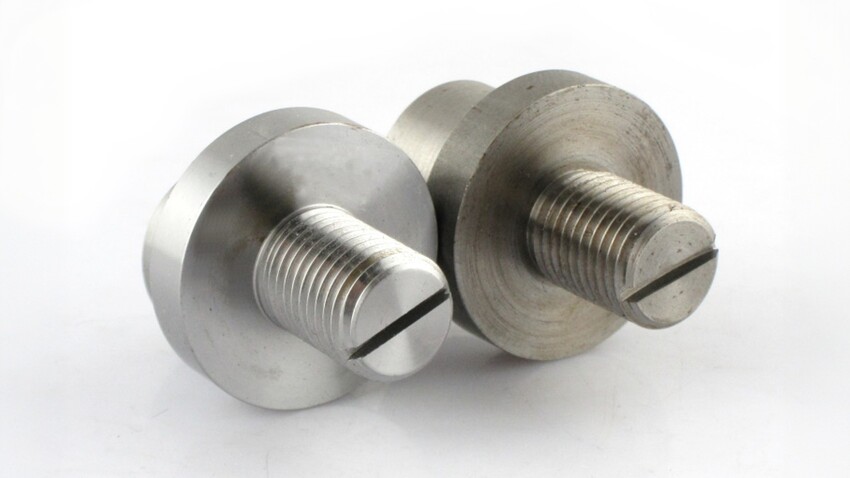
Passivation is a widely-used chemical finishing process for stainless steel parts, involving acidic or basic chemical compounds to modify the metal surface. This process reduces corrosion, increases wear resistance, and improve aesthetics with a shiny finish. It also protects the surface from oxidation, preventing corrosion over time.
Passivation enhances the durability and longevity of metal components and is crucial in medical, aerospace, and food processing manufacturing. Its benefits make passivation an essential process for improving metal component performance and corrosion resistance.
Black Oxide
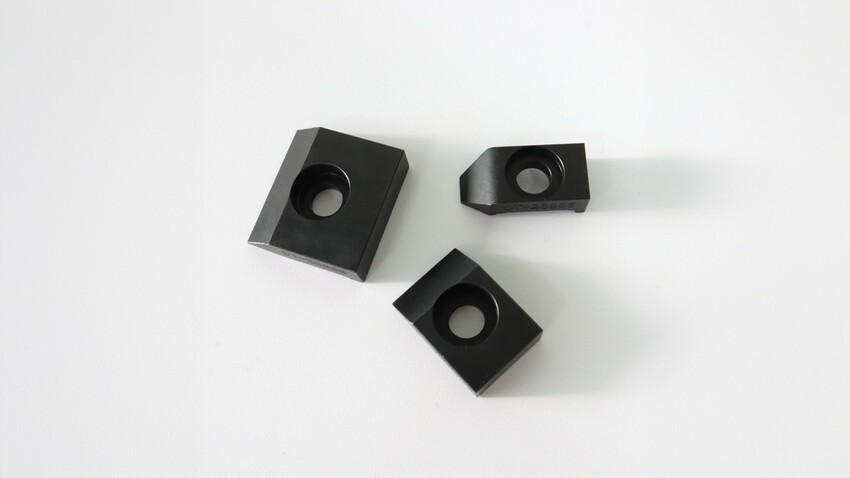
The black oxide coating is a finish used for ferrous metals such as steel, stainless steel, and copper to form thin layers of magnetite (Fe3O4) for mild corrosion resistance. The three types of black oxide coating are hot, mid-temperature, and cold. Coated parts have greater corrosion and rust resistance, are less reflective, and have longer life cycles. The oil or wax coating adds water resistance and makes cleaning the parts easier. This coating also adds thickness, making it ideal for drills, screwdrivers, and other tools requiring sharp edges that won’t dull over time.
Chem Film (Chromate Conversion Coating)
Chem film, also known as chromate conversion coating or Alodine®, is a thin coating commonly used on aluminum to prevent corrosion and improve the adhesion of adhesives and paints. The coating contains chromium, which is the main component in every variety. It can be applied through spraying, dipping, or brushing and is available in yellow, tan, gold, or clearance colors. Unlike other finishes, it allows aluminum to maintain its conductive properties. This finish offers excellent electrical insulation along with protection from water and salt degradation, making it a great choice for marine and aerospace applications.
Electropolishing
Electropolishing is a cost-effective electrochemical finishing process to remove a thin material layer from steel, stainless steel, and similar alloys.
Electropolishing generally removes between 0.0002 and 0.0003 inches from an object’s surface. It effectively cleans and deburrs metal parts, improves corrosion resistance and aesthetics, and creates a smooth surface finish. Although it won’t remove all surface defects, it’s faster and cheaper than manual polishing, making it a popular finishing option in many industries.
Electroplating
Electroplating is an electrochemical process used to deposit a thin layer of metal onto the surface of another metal. It’s widely used to increase corrosion resistance, enhance aesthetics, and improve electrical conductivity.
The common types of electroplatings are nickel, tin, gold, silver, copper, nickel, and chrome plating. These processes are relatively simple to set up and can be done in a variety of metals, including copper, nickel, zinc, silver, gold, and tin. The choice of metal will depend on the desired properties of the finished part.
Chrome Plating
Chrome plating is a metal finishing process used to apply a thin layer of chromium onto a metal surface, typically steel, brass, or aluminum.
The two most common types of chrome plating are decorative and hard chrome plating. Decorative chrome plating is used to enhance the appearance of metal surfaces and is commonly found on car parts and household fixtures. Hard chrome plating is commonly found on industrial tools and hydraulic cylinders to improve wear resistance and corrosion protection.
While chrome plating provides excellent durability and corrosion resistance, it is also relatively expensive and requires specialized equipment and expertise to apply appropriately.
Polytetrafluoroethylene (Teflon™) Coating
Polytetrafluoroethylene (PTFE) coating, also known as Teflon™, is a chemical finishing process available in liquid and powder forms and used in many industrial applications.
The coating provides excellent protection with only one coat, but some applications may require a primer and a topcoat.
PTFE coating can be applied to steel, aluminum, and magnesium. It offers a non-stick surface, a low coefficient of friction, and high resistance to abrasions, water, oil, and chemicals.
PTFE is also known for its electrical insulation, chemical resistance, and ability to withstand temperatures up to 500°F. Despite its popularity, PTFE coating is relatively expensive and less durable than other chemical finishing options.
Electroless Nickel Plating
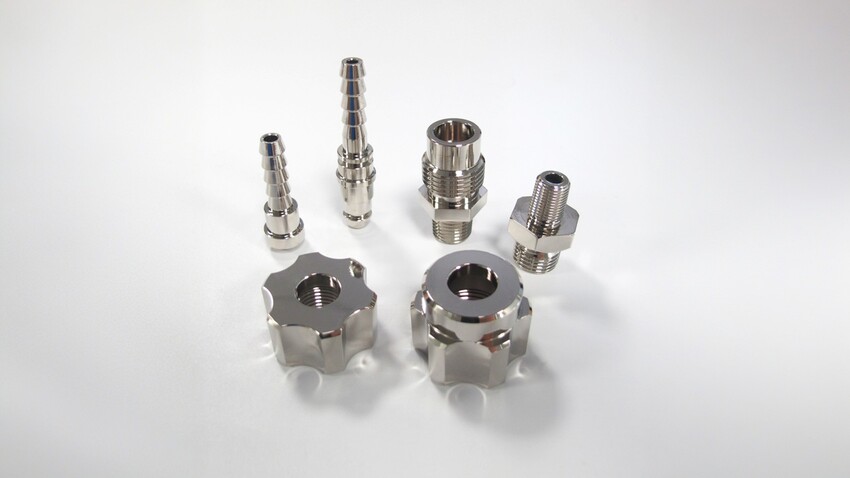
Electroless nickel plating involves adding a layer of nickel alloy (often nickel-phosphorus) to metal parts without using an electric current. It offers uniform deposits on complex components with holes and slots, increased resistance to corrosion, good hardness, and wear resistance. Electroless nickel plating is compatible with various metals, including aluminum, steel, and stainless steel. Different types of electroless nickel plating coatings are categorized by the percentage of phosphorus in the alloy by weight, with different levels of phosphorus content offering varying corrosion resistance and hardness.
Zinc Plating

Zinc plating is a metal finishing process that adds a protective layer of zinc onto metal surfaces, commonly used for rust and corrosion protection on alloys like steel or iron.
The process is simple and cost-effective, offering good electrical conductivity and an aesthetically appealing finish. It is commonly used for parts such as nuts, bolts, and other small components in the automotive industry.
However, it’s not as durable as other plating options and is susceptible to damage from acids and alkalis. Zinc plating is effective in dry environments but not in wet environments.
Heat Treatment Finishing
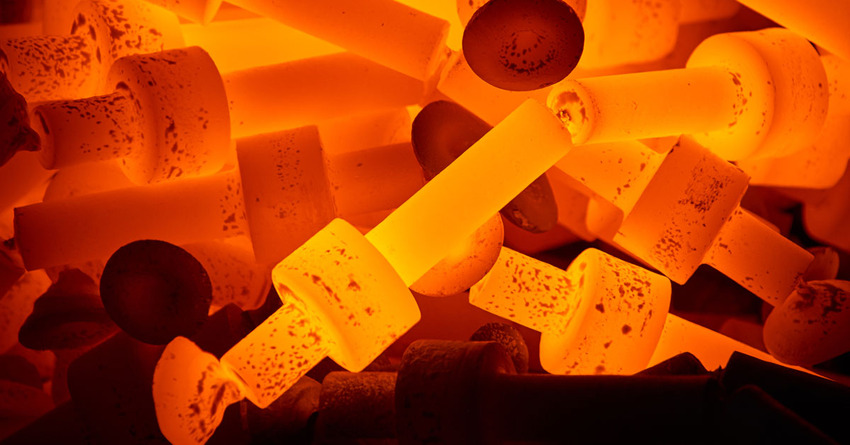
Heat treatment finishing is a crucial process for improving the performance and longevity of metal components. By heating and cooling metal in a controlled manner, its physical and mechanical properties can be altered to increase hardness, toughness, and strength. In this article, we will explore several popular heat treatment techniques:
Carburizing

Carburizing is a heat treatment process that involves adding carbon to the surface of low-carbon steels to increase their hardness and wear resistance. The process is typically performed by exposing the steel to a carbon-rich environment at high temperatures, where the carbon diffuses into the steel’s surface. This results in a hardened outer layer resistant to wear, fatigue, and corrosion.
Nitriding Treatment
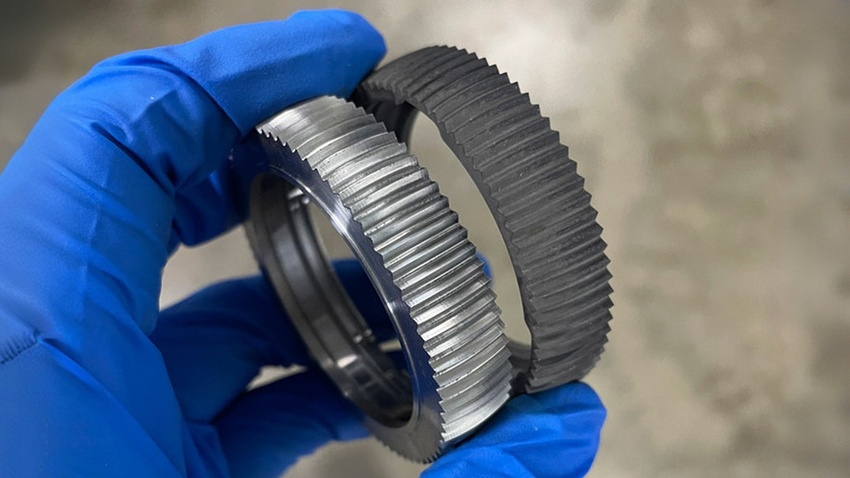
Nitriding treatment is another surface-hardening process that involves the introduction of nitrogen to the surface of the metal. Unlike carburizing, which adds carbon to the surface, nitriding uses nitrogen to create a hardened surface layer resistant to wear, corrosion, and fatigue. The process is commonly used on steel, titanium, and aluminum alloys and is particularly effective for parts that experience high-temperature and high-stress environments.
Hardening & Tempering
Hardening and tempering are used to increase the hardness and strength of low-carbon steels. It involves heating the steel to a high temperature to create a uniform austenitic structure, followed by a rapid cooling process to produce a hard martensitic structure. The steel is then tempered, which involves reheating it to a lower temperature to reduce its brittleness and improve its toughness.
Annealing & Stress Relief
Annealing and stress relief are heat treatment processes that reduce internal stresses in metals and increase their ductility. Annealing involves heating the metal to a high temperature and then cooling it slowly to create a uniform, fine-grained structure. On the other hand, stress relief involves heating the metal to a temperature below its critical point to relieve internal stresses that may have accumulated during manufacturing or other processes.
Cryogenic Hardening
Cryogenic hardening is a process that involves subjecting the metal to extremely low temperatures, typically below -300°F (-184°C), to improve its hardness and wear resistance. The process involves cooling the metal slowly to the desired temperature and then holding it at that temperature for a specified amount of time before slowly returning it to room temperature. Cryogenic hardening is commonly used on tool steels and other materials that require high wear resistance and toughness.
Overall, heat treatment finishing is a crucial process that requires expertise and precision. By working with a professional heat-treating service provider, you can ensure that your components are properly treated and optimized for their intended use.
Factors to Consider in Choosing Metal Surface Finishing Method
When it comes to metal surface finishing, choosing the right method is crucial for ensuring the best results. As a CNC machining services provider, I understand that there are several factors to consider when selecting the appropriate finishing method.
Type of Metal
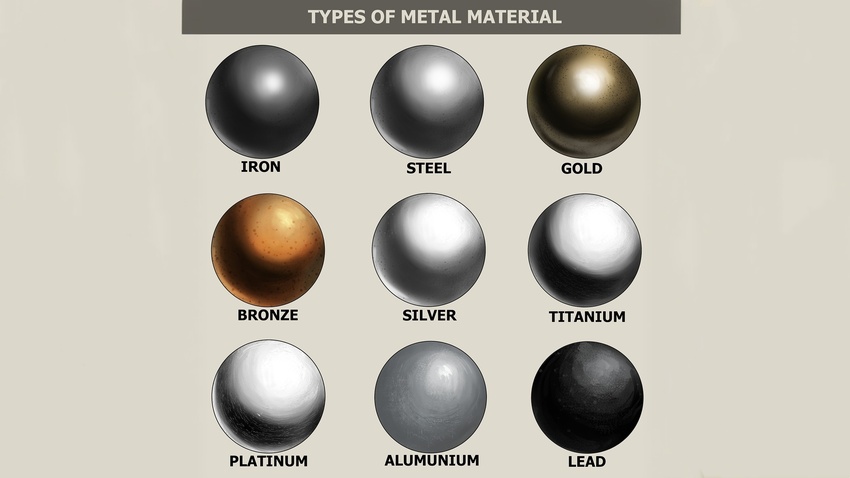
The type of metal is one of the most critical factors to consider when selecting a metal surface finishing method. Different metals have unique characteristics that can influence the choice of finishing method. For example, stainless steel may require passivation or electropolishing to improve its corrosion resistance, while aluminum may require anodizing to enhance its appearance and durability.
Surface Roughness
Surface roughness is another important factor to consider when selecting a finishing method. The desired level of surface roughness will depend on the intended application of the component.
Required Surface Finish
The required surface finish is another critical factor when choosing a finishing method. Depending on the application, a specific surface finish may be required to ensure proper function and performance.
Desired Appearance
The desired appearance of the finished product is another factor to consider when choosing a finishing method. The desired appearance may be influenced by the intended application of the component, customer preferences, or branding considerations.
Cost
Cost is also a critical factor to consider when choosing a finishing method. The finishing cost may also depend on the components’ size, complexity, and quantity.
Environmental Impact
Finally, environmental impact is another factor when selecting a finishing method. Choosing an environmentally friendly and sustainable finishing method can help reduce the overall environmental impact of the finished product.
Conclusion
There is a lot to consider when it comes to metal surface finish. It’s important to factor in all the different applications and processes when picking the correct type of process for your project.
Companies such as AT-Machining are experienced professionals who can help you make the best decision for your needs. With their knowledge and experience, customers can know their project will be handled precisely and transparently.
Contact us today to learn more about our custom machining and finishing services and how we can help you achieve the perfect finish for your metal components.

